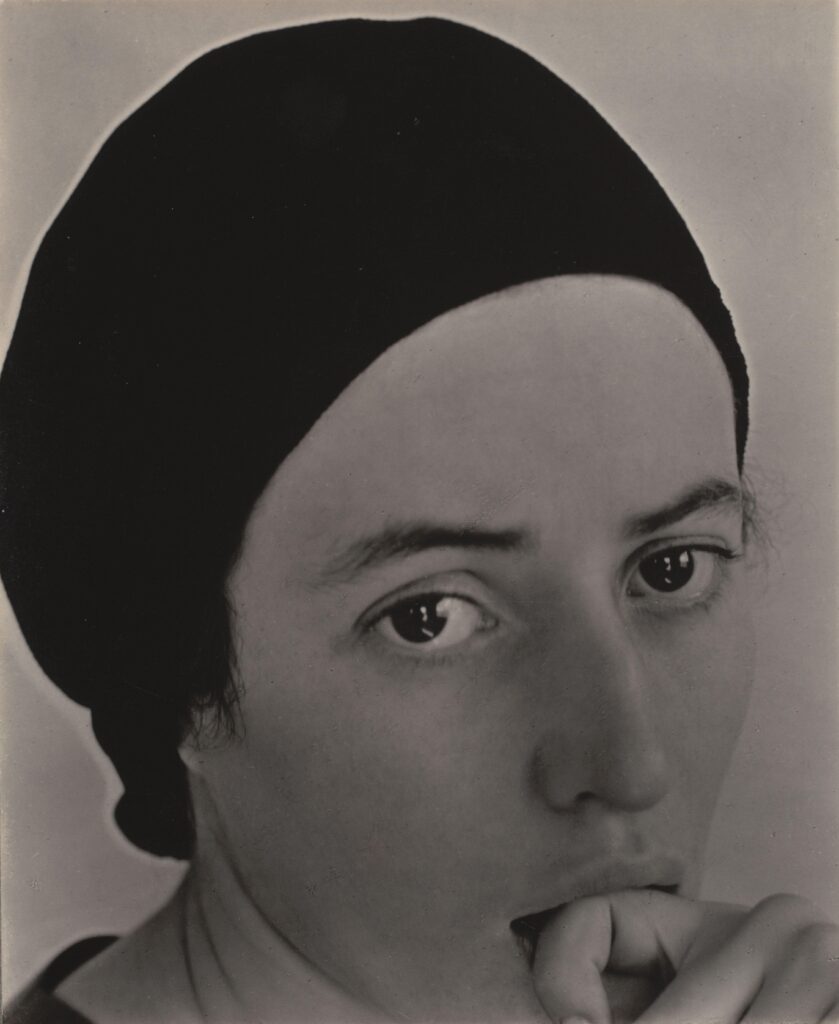Alfred Stieglitz – Dorothy Norman

Alfred Stieglitz was a pioneering American photographer, art promoter, and gallery owner who played a crucial role in shaping the course of photography as an art form in the early 20th century. Born in 1864 in Hoboken, New Jersey, Stieglitz began his career as a photographer in the 1880s, exploring various techniques and subjects.
Stieglitz was a leading figure in the movement to establish photography as a legitimate form of artistic expression. He advocated for photography’s recognition as a fine art medium, rather than merely a means of documentation. Stieglitz was instrumental in introducing European avant-garde art movements, such as Impressionism and Cubism, to American audiences through his influential photography journal “Camera Work” and his gallery “291.”
As a photographer, Stieglitz is renowned for his pioneering use of the camera to explore themes of urban life, nature, and the human experience. He experimented with composition, lighting, and printing techniques to create evocative and emotionally resonant images. Stieglitz’s series of photographs depicting New York City, including his iconic image “The Steerage,” are considered masterpieces of early 20th-century photography.
In addition to his own work, Stieglitz mentored and promoted numerous other photographers, including Edward Steichen, Paul Strand, and Ansel Adams, helping to elevate photography to the status of fine art. His legacy as a photographer, curator, and advocate for the arts continues to influence photographers and artists to this day.


